ABOUT
Our motivation
As Project MARCH (Motor Assisted Robotic Chassis for Humans, abbr.), we have the vision that we can improve the quality of life for people with paraplegia by using exoskeleton technology. An exoskeleton is a motorized robotic harness which enables people with paraplegia to stand up and walk again. Project MARCH develops a new exoskeleton each year. We want to stimulate the technological innovation of exoskeletons by developing a new exoskeleton each year, whilst always challenging ourselves to think of new solutions. A big part of our project is to raise awareness so that more and more people know about the existence and possibilities of exoskeleton technology.
What drives us:
That so much can still be achieved in the world of biomedical technology. And of course, we hope to contribute to it! People with paralyzed or badly functioning legs are currently bound to a wheelchair for the rest of their life. In daily life, such a wheelchair can be experienced as a constraint. Simple things, such as doing groceries, cooking or walking up the stairs are a challenge, or sometimes even impossible. An exoskeleton can possibly be a solution for this in the future!
With the exoskeleton we create a larger freedom of movement. Naturally, this has practical benefits. The person that wears the suit can stand up and go wherever he or she wants. Moreover, they can speak with their friends and family on eye level. This is often experienced as something with great emotional value.
Walking in an exoskeleton also has physical benefits. The blood flow in the legs improves significantly. The chances of thrombosis or pressure ulcers diminish. Finally, the bowel function improves. All of these physical benefits are unique for training in an exoskeleton.
The Project
Project MARCH is a non-profit student team. Our team consists of people from various backgrounds and years of studies. All of us set aside our studies for a year, in order to fully commit ourselves to the development of an all-around and user-friendly exoskeleton. From this year on, Project MARCH is located in the Dream Hall on the TU Delft campus. The Dream Hall strives to an ecosystem around robotics which attracts the best researchers, multinationals, and startups and through that plays a progressive role in the development of the next generation of robotics.
Each year a new Project MARCH team is composed. From September up to the end of the summer each year a new exoskeleton is developed. Throughout the year, design choices and project development is thoroughly documented, which we find extremely important. A lot of attention is given to the handover of the project from one team to the next. This way we make sure that the teams that come after us have a proper base to built an as good as possible new design.








